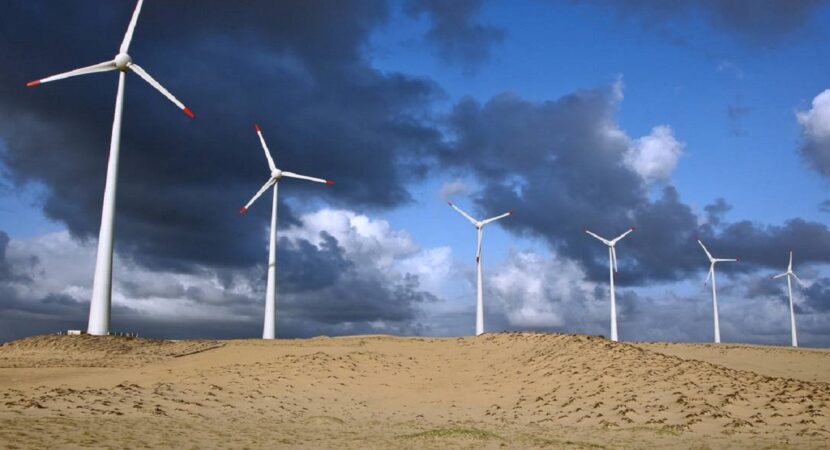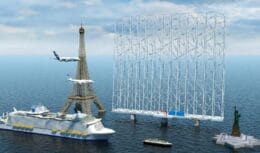
With the worsening of the water crisis, there is a huge possibility that wind, solar and biomass energy will gain more prominence in the Brazilian electricity sector
The blackout that occurred in 2001 brought a network of thermoelectric plants that have a more expensive energy source to Brazil. With the current water crisis, which is plaguing several states, the new trend of renewable energies will emerge, mainly wind, solar and biomass energy.
Read also
Brazilian companies outline investment plans in renewable energies to avoid another blackout
In view of the difficulties, some companies look to these renewable sources as a way to prevent future droughts, which may become more frequent in view of climate change.
According to Rodrigo Sauaia, executive president of the Brazilian Association of Photovoltaic Solar Energy (ABsolar), the use of water sources will be analyzed based on their priorities, such as animal and human consumption, leaving energy generation as the last option.
According to the director of RZK Energia, Luiz Serrano, the high cost due to the water crisis will be a major driver for investment decisions in solar, wind and biomass energy sources. The price of a megawatt/hour (MWh) on the spot market went from R$300 in March to R$520 more recently.
The estimate of change with the help of renewable sources
According to the president of the Brazilian Wind Energy Association (ABEEólica), Elbia Gannoum, energy from large wind turbines could reach 18% of supply, double the current level, more specifically in September, when river levels should be with a bigger crisis.
The wind energy fields, which are in their final construction phase, have a capacity of 1 Gigawatt and should start their activities ahead of schedule, saving about three months in bureaucracy and works. Biomass, on the other hand, is still centered on landfills and sugarcane bagasse, but it has the potential to expand the materials.
According to Manuela Kayath, president of MDC, a company that operates steam from biomass and biomethane, sees an acceleration in projects in the area. She claims that it will be feasible to generate biogas from animal waste through a biodigestion process.
Even so, the Brazilian Association of the Sugarcane Industry states that the country uses only 15% of the sector's biomass potential, that is, if the country manages to make more investments, it will have a fast growth in the area.
FGV Energia researcher talks about solar energy, wind energy and biomass
According to FGV Energia researcher João Teles, the use of renewable sources is the reason why the country's water crisis has not turned into an energy crisis.
Different from the 2001 rationing, in which hydroelectric plants represented approximately 90% of the country's generation, they currently account for only 63,8%, according to the Energy Research Company (EPE). The renewable sources that stand out the most are wind energy with 9,2%, biomass and biogas with 9% and solar energy with 1,7%.












Air Force F-16 fighters…
True friend, what they shot down were…
Air Force F-16 fighters…
I would like to know what planet you live on…
Air Force F-16 fighters…
Everything is fine, 100-year secrecy,…
Air Force F-16 fighters…
Well... It's flying scrap... Typical...
Air Force F-16 fighters…
Which genocide are you talking about? Than…
11 times citing hand luggage....
The matter is 20 years late. O…
I work with agricultural and forestry machines, I have…
I liked the opportunity. Is there an age restriction?…
The future is a steam engine…
For a walk, Saveiro. To work without…
The road is springy and…
Wow. They're talking about news like bread...